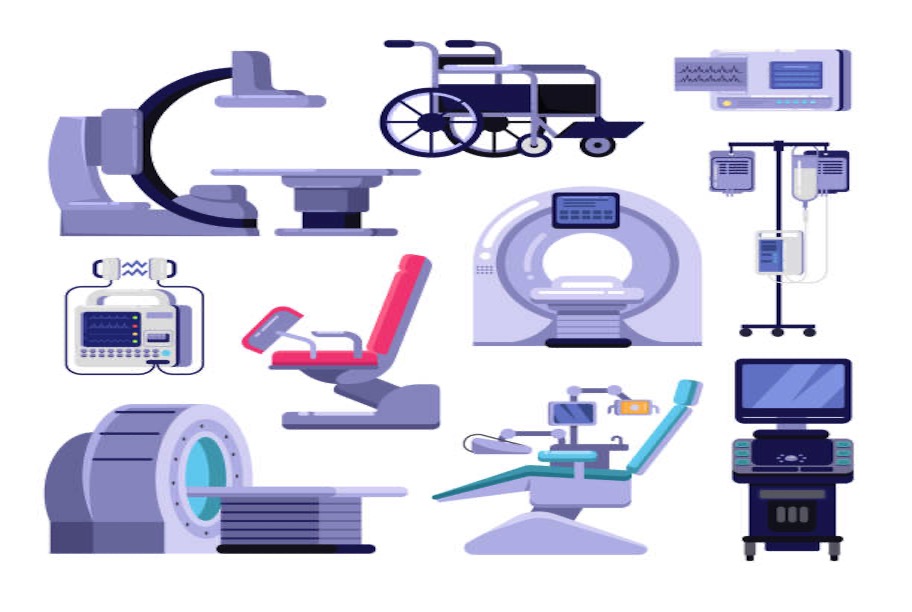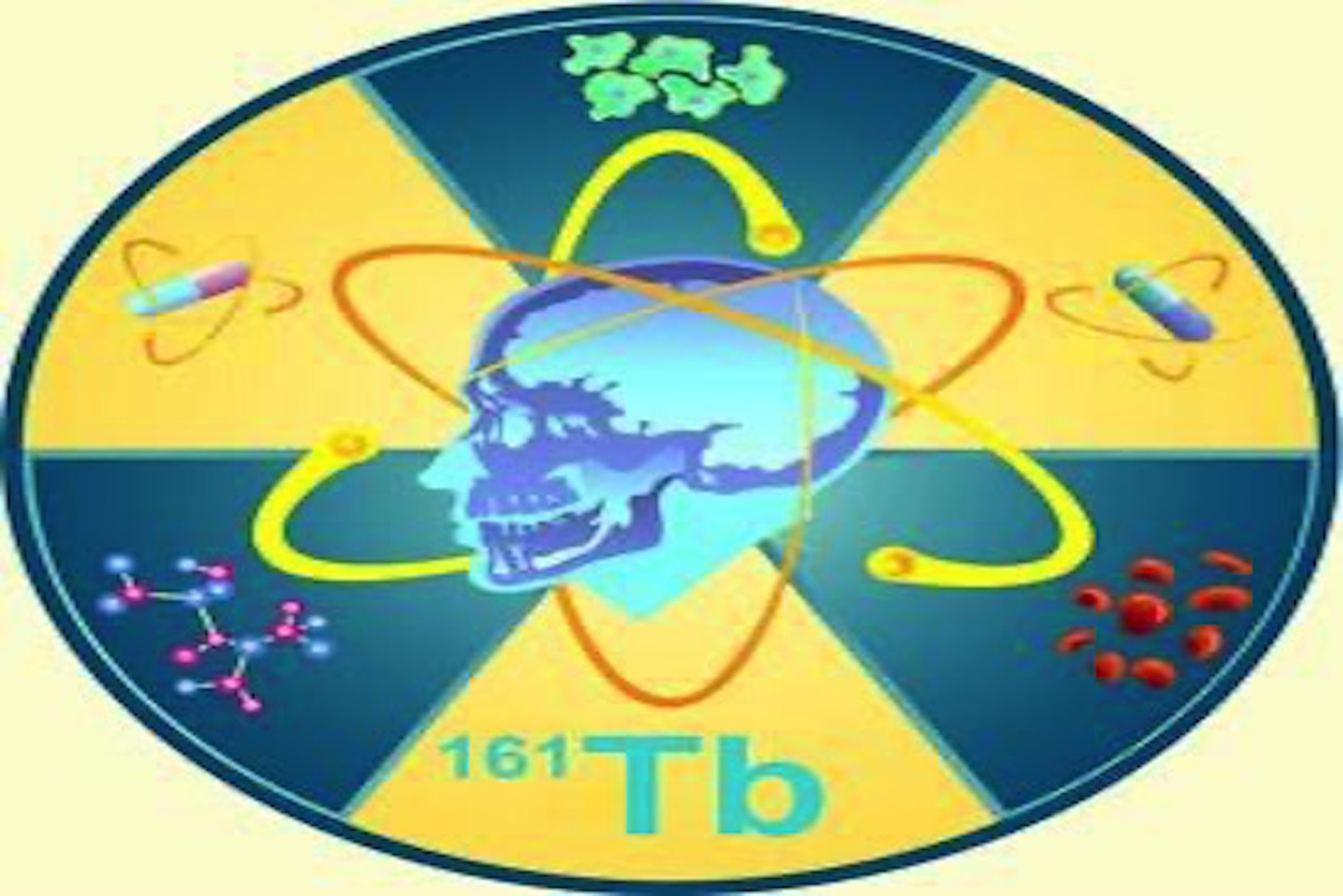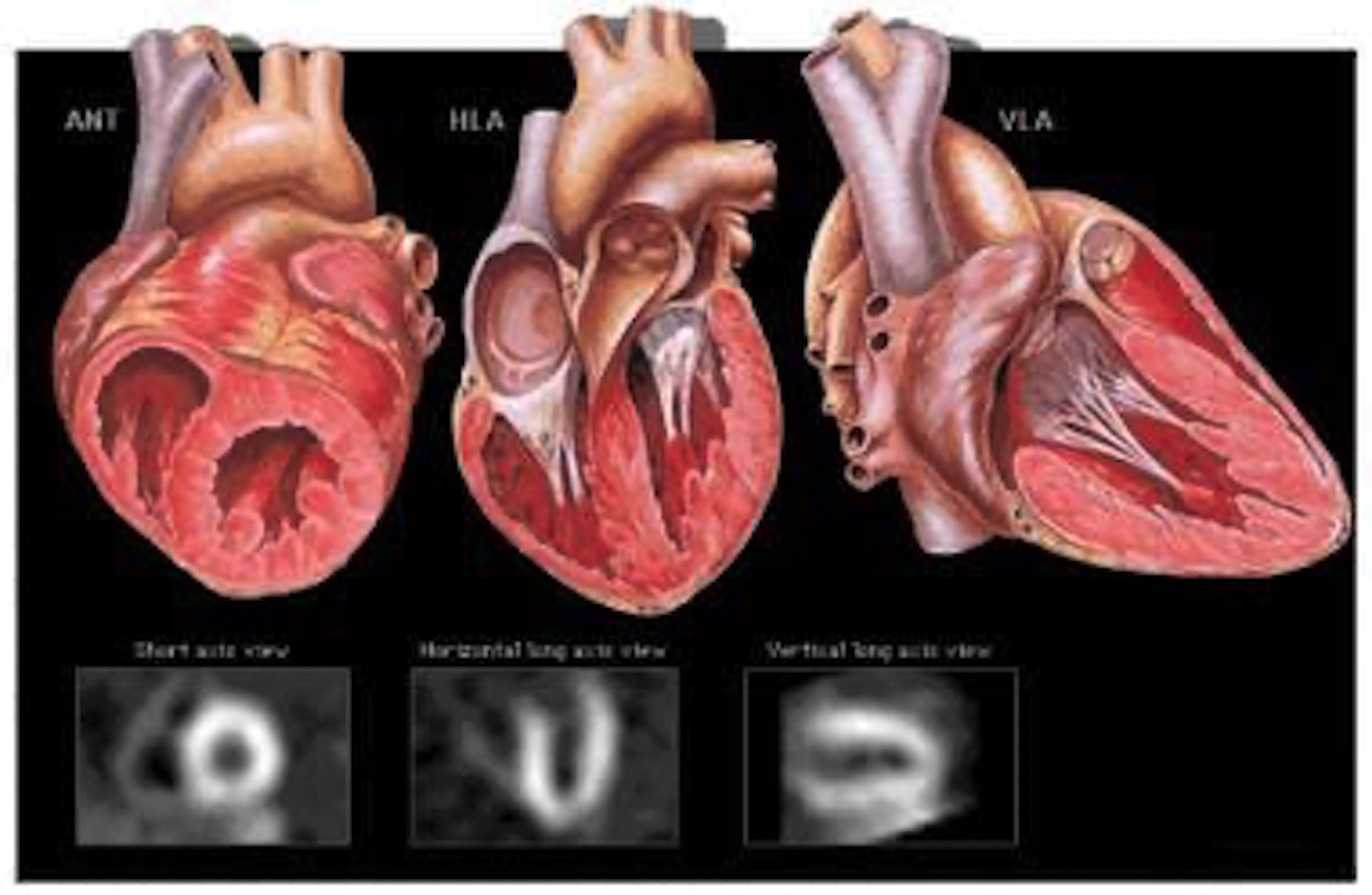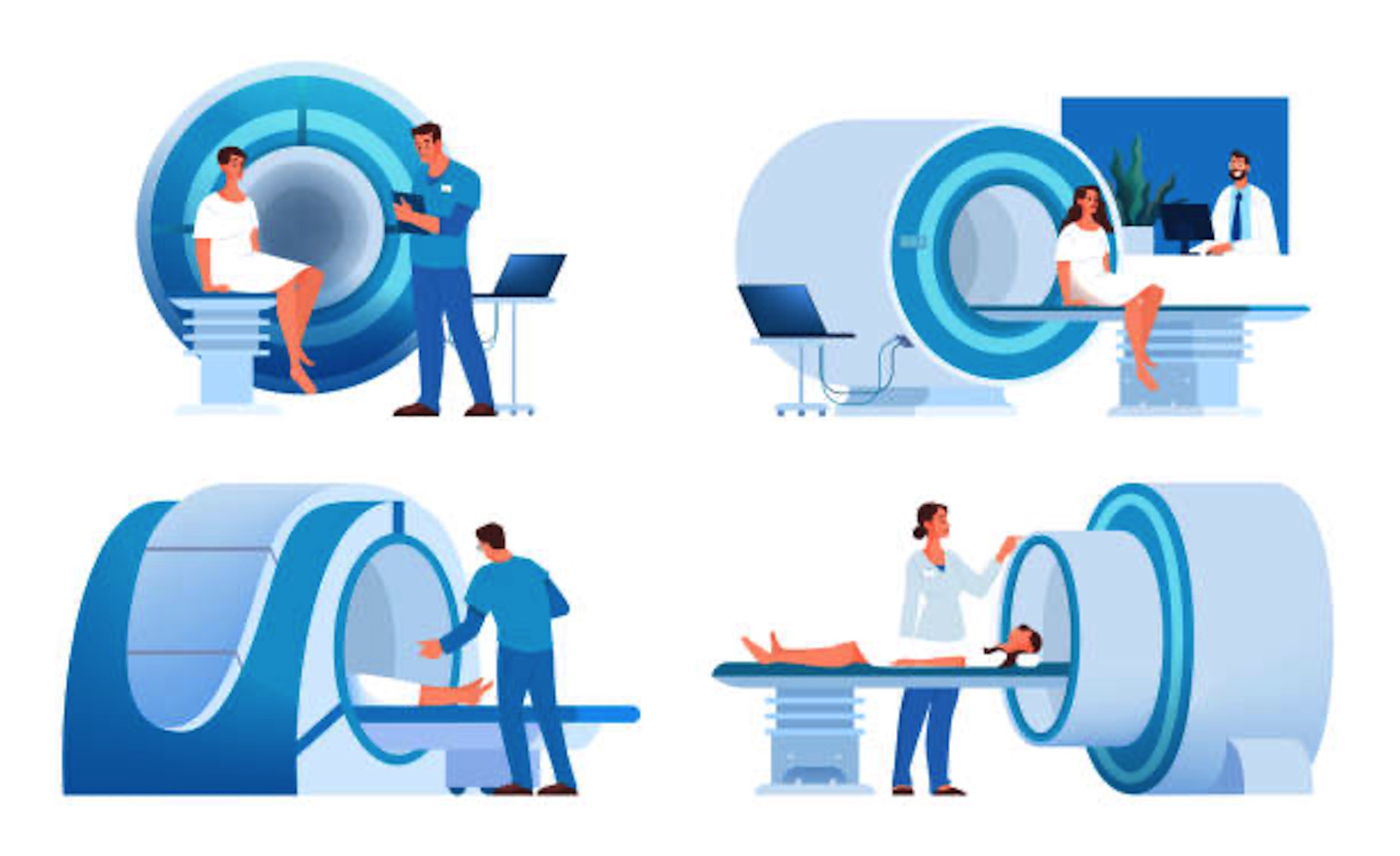Advancements in Nuclear Medicine Technology
Introduction
Nuclear medicine has long been a cornerstone in medical diagnosis and treatment. Recent technological advancements are revolutionizing this field, offering greater precision and effectiveness. This blog post aims to explore these innovations and assess their impact on healthcare.
Advanced Imaging Techniques
SPECT/CT and PET/CT
New scanning technologies like SPECT/CT (Single Photon Emission Computed Tomography/Computed Tomography) and PET/CT (Positron Emission Tomography/Computed Tomography) have emerged. These hybrid imaging modalities offer high-resolution images and functional information, greatly aiding in disease diagnosis and monitoring.
Radiomics
Radiomics, the extraction of a large number of features from medical images, is proving to be a game-changer. This approach utilizes machine learning algorithms to predict patient outcomes and tailor treatment plans more effectively.
Therapeutic Advancements
Targeted Radionuclide Therapy (TRT)
TRT allows for targeted radiation delivery to tumor cells, minimizing damage to surrounding healthy tissues. Radiopharmaceuticals like Lutathera and Azedra have shown promising results in treating neuroendocrine tumors and pheochromocytoma.
Alpha Therapy
Utilizing alpha particles, this form of therapy provides high-energy radiation over a short range, offering greater tumor-killing efficiency with less collateral damage.
Portable Devices
The miniaturization of gamma cameras and handheld PET scanners is making nuclear medicine more accessible. These portable devices are especially useful in remote areas and during emergency situations.
Regulatory and Safety Measures
With advancements come challenges, particularly regarding safety and ethical considerations. Stringent protocols and guidelines are being developed to regulate the use of new nuclear medicine technologies.
Conclusion
Technological advancements in nuclear medicine are accelerating both diagnostic and therapeutic capabilities. These innovations promise a future with more accurate diagnosis, personalized treatment, and improved patient outcomes. However, ongoing research and ethical considerations remain crucial for the responsible development and deployment of these technologies.





